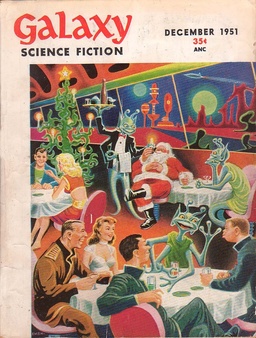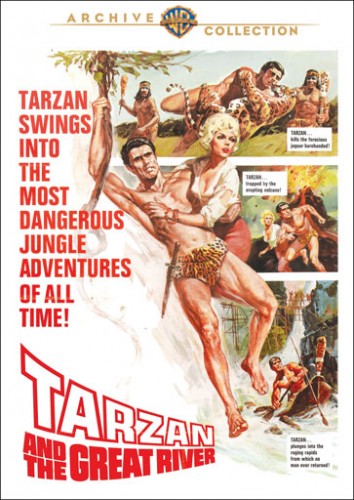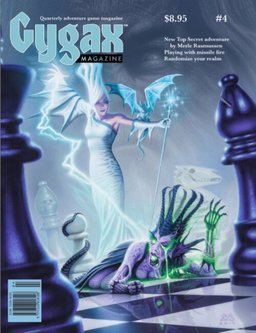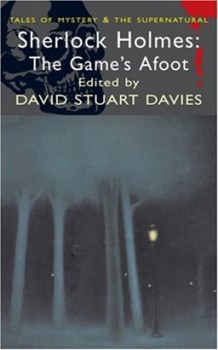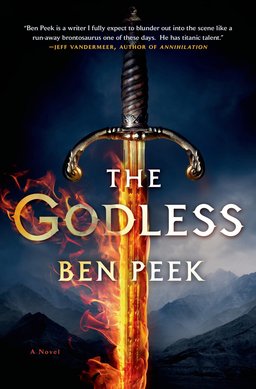Backed into a Corner by Smoking Lava: The Adventures of Captain Marvel, Chapter Five: The Scorpion Strikes
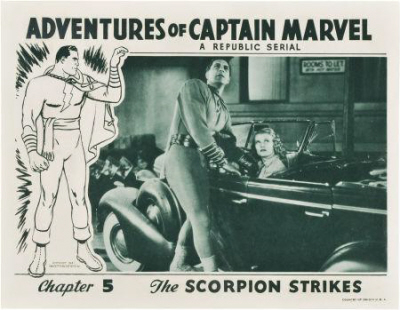 Now that the ushers have gathered all of the popcorn boxes left from the last show and have safely withdrawn, settle back in your seats. Let the lights go dim and the fun begin; it’s time for this week’s edge-of-your seat episode in The Adventures of Captain Marvel. Today’s chapter: “The Scorpion Strikes.”
Now that the ushers have gathered all of the popcorn boxes left from the last show and have safely withdrawn, settle back in your seats. Let the lights go dim and the fun begin; it’s time for this week’s edge-of-your seat episode in The Adventures of Captain Marvel. Today’s chapter: “The Scorpion Strikes.”
Four title cards will enlighten those who were napping last week. “The Scorpion — Traps Billy Batson in Chan Lal’s curio shop.” “Betty — Is held prisoner at the N Street Garage by the Scorpion’s men.” “Barnett — Is forced to tell Captain Marvel where Betty is being held.” “Captain Marvel — Races to her rescue.”
Now, let the arcane arts of the Wizard Shazam transport you to realms of action and adventure undreamed of by those who chose to stay home and play stickball or have a tea party in the backyard with their dolls. Say the name!
A flashback to last week’s nail-biting conclusion shows Betty, unconscious in her car, hurtling down the garage ramps as Captain Marvel speeds to the scene. The life-size flying model is used to show his approach, its cape rippling in the wind as it moves diagonally downward across the front of the garage building. The landing is very nicely done, with stuntman Davy Sharpe alighting on the ground after a drop of at least ten feet; the film is slowed very slightly as is usual in these shots, and the result is quite effective — we’re convinced that Captain Marvel has just flown in. As with all of the flying effects in the serial, this sequence is a top-notch combination of stunts and model work.


